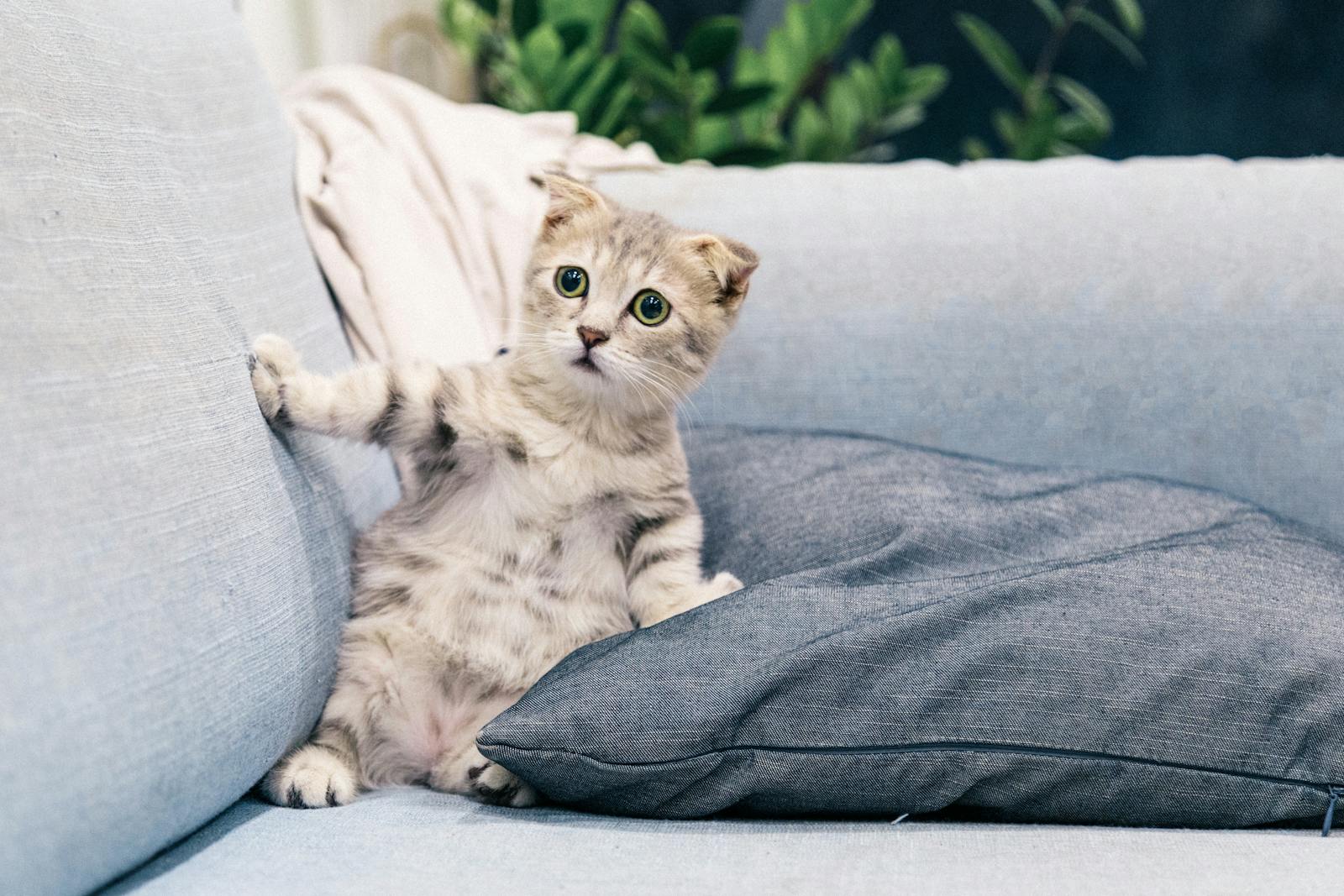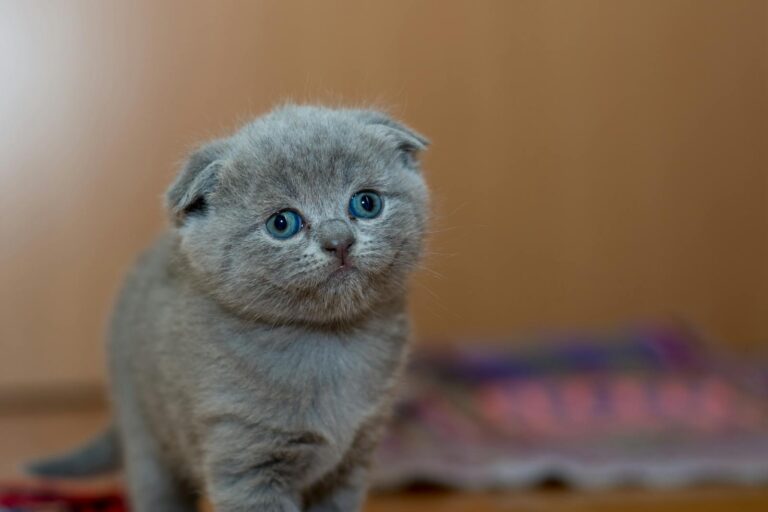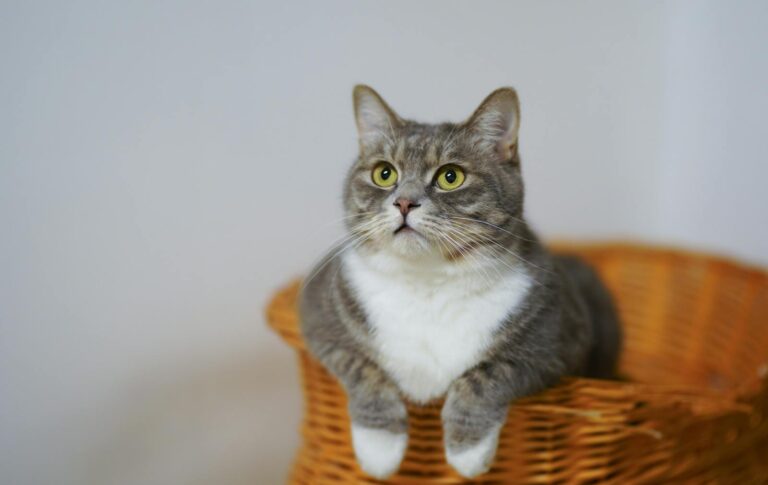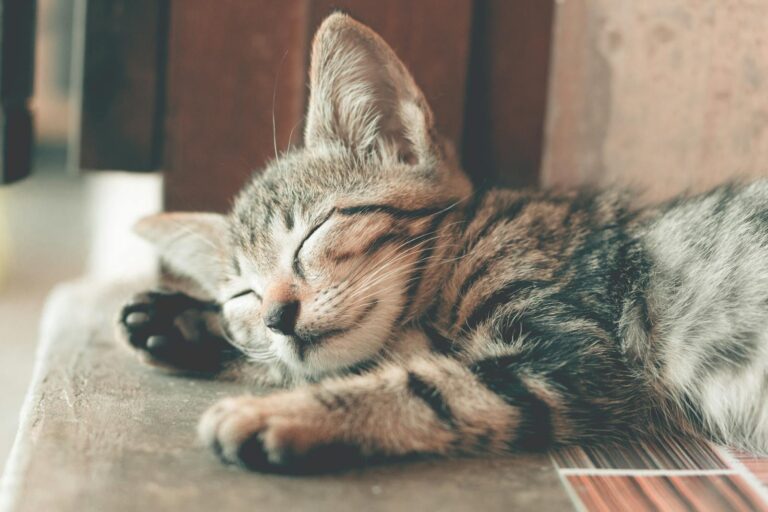Wet vs. Dry Cat Food – Which Is Healthier for Your Feline Friend?
When it comes to caring for our beloved feline companions, understanding their nutritional needs is paramount. A common debate among cat owners centers around the question of Wet vs. Dry Cat Food: Which Is Healthier for Your Feline Friend? This article will explore the benefits and drawbacks of both types of cat food while also considering age, health conditions, and personal preferences.
Introduction: Understanding Feline Nutritional Needs
Before diving into the specifics of wet and dry cat food, it’s crucial to understand what makes up a cat’s nutritional requirements. Cats are obligate carnivores, meaning they primarily thrive on animal-based proteins. Their dietary needs comprise proteins, fats, carbohydrates, vitamins, and minerals—all essential for maintaining optimal health.
Felines have unique metabolic pathways that process nutrients differently than humans or other animals. This specific need influences their food selection significantly. While shopping for cat food, it’s important to read labels carefully, ensuring the product meets the nutritional standards established by reputable organizations like the Association of American Feed Control Officials (AAFCO).
While both wet and dry foods can offer balanced nutrition, their composition varies significantly. As we delve deeper into each category, keep in mind that what works best may differ from one cat to another, based on individual health, lifestyle, and preferences.
Wet Cat Food: Benefits, Drawbacks, and Considerations
Wet cat food, often found in pouches or cans, is known for its high moisture content. This feature offers several benefits but also presents some challenges.
Nutritional Richness and Hydration
One of the primary advantages of wet cat food is its moisture content, which typically ranges between 70% to 80%.
- Hydration Matters: Cats are notorious for not drinking enough water. Their ancestors, desert-dwelling felines, derived most of their hydration from their prey, leaving modern cats less inclined to drink ample water from bowls. Wet food helps bridge this gap, reducing risks of urinary problems and kidney disease.
- Protein-Packed Formulation: Many wet cat foods contain higher levels of protein compared to dry food. This is particularly beneficial for younger, growing cats or active adult cats requiring more energy.
- Appealing Taste and Texture: The rich aroma and varied textures make wet food highly palatable for many cats, often appealing even to picky eaters.
Cost and Storage Considerations
While wet cat food has various advantages, it also carries certain drawbacks.
- Higher Cost: Wet food generally costs more per serving compared to dry food. For pet owners on a budget, this can be a significant factor when choosing what to feed their furry friends.
- Storage Challenges: Once opened, wet food requires refrigeration, which means pet owners must remain vigilant about leftovers. It also has a shorter shelf life than dry food once unsealed.
- Dental Health Concerns: Unlike dry kibble, wet food does not contribute to dental health as effectively. The texture of dry food can aid in scraping plaque from teeth, an aspect that may be overlooked.
Ingredients and Quality Control
As you consider wet cat food options, it’s essential to evaluate the ingredient list.
- Quality Matters: Look for high-quality proteins at the top of the ingredient list, such as chicken, beef, or fish. Avoid products with fillers like corn or soy, which offer little nutritional value.
- Nutrient Additives: Wet foods often include added vitamins and minerals, aiding in overall cat health. Omega fatty acids, taurine, and antioxidants should be present for optimal well-being.
- Limited Ingredient Diets: Some wet cat foods cater to dietary sensitivities or allergies, offering limited ingredient diets that minimize potential allergens.
Dry Cat Food: Advantages, Disadvantages, and Key Ingredients
Dry cat food, commonly referred to as kibble, presents its own set of benefits and limitations.
Convenience and Shelf Life
A major advantage of dry cat food lies in its convenience.
- Easy Storage: Dry food can be stored easily without refrigeration, maintaining freshness for extended periods. This is especially advantageous for busy pet owners.
- Portion Control: Kibble allows for simple portioning, making it easier to regulate your cat’s food intake. Measuring out servings becomes straightforward, preventing overfeeding.
- Cost-Effectiveness: Generally speaking, dry cat food tends to be more affordable than wet food, allowing owners to feed multiple cats or larger breeds without breaking the bank.
Nutritional Composition
While dry food does have advantages, it also faces critique regarding its nutritional makeup.
- Lower Moisture Content: Dry cat food typically contains only around 10% moisture, so it may not provide the same hydration benefits as wet food. Cats reliant solely on kibble might not consume enough water, leading to potential health issues.
- Carbohydrate Content: Many dry cat foods contain higher levels of carbohydrates, primarily from grains. Since cats naturally require fewer carbs, excessive intake could contribute to obesity and diabetes if not managed properly.
- Less Palatable: Some cats may find dry food less appealing than wet varieties. If your cat is particularly picky, it may be challenging to maintain a consistent diet.
Choosing Quality Kibble
The quality of dry cat food matters immensely. Scrutinizing the label is vital.
- High-Quality Proteins: Seek dry foods where real meat is the first ingredient. Avoid brands that rely heavily on fillers or by-products as primary ingredients.
- Balanced Nutrition: Well-formulated dry foods provide essential nutrients necessary for your cat’s health. Look for added vitamins, minerals, and supplements that ensure your cat receives complete nourishment.
- Specialized Formulas: Some brands create formulas tailored to specific demographics, like kittens, seniors, or cats with medical conditions. These specialized diets can address particular health concerns effectively.
Wet vs. Dry Cat Food: A Comparative Nutritional Analysis
Understanding the differences in nutritional composition can help pet owners make informed decisions.
Protein and Fat Content
Both wet and dry cat food vary in their protein and fat contents.
- Wet Food: Often has higher protein and fat ratios, which are crucial for muscle development and maintenance. Cats require amino acids found in animal proteins for optimal health.
- Dry Food: Typically has lower protein content and higher carbohydrate ratios, which raises questions regarding its suitability for all cats, especially those prone to weight gain.
Carbohydrates and Fiber
Examining carbohydrate content reveals differences in how these foods support feline health.
- Wet Food: Contains fewer carbs, making it more aligned with a cat’s natural diet. This can be advantageous for managing weight and preventing obesity.
- Dry Food: Commonly includes grains and fillers, raising carbohydrate levels significantly. Over time, this dietary imbalance can lead to health issues, especially in overweight or diabetic cats.
Digestibility and Nutrient Absorption
How well a cat digests its food directly impacts its health.
- Wet Food: Has higher digestibility due to its moisture content and macronutrient profile. Cats tend to absorb nutrients more efficiently, which supports better overall health.
- Dry Food: Lower digestibility may result in reduced nutrient absorption, necessitating larger feeding amounts to meet nutritional requirements.
Factors to Consider When Choosing: Age, Health Conditions, and Preferences
In the ongoing debate surrounding wet vs. dry cat food, various factors influence the choice of diet for your feline friend.
Age and Life Stage
Different life stages necessitate different dietary considerations.
- Kittens: Require higher protein and fat contents for growth and development. Wet food often meets these needs more effectively, while high-quality dry food can serve as a supplement.
- Adult Cats: May benefit from either option, depending on their activity level and health status. Active cats might prefer higher protein sources, while sedentary cats may do well with moderate-calorie diets.
- Senior Cats: Older cats might struggle with dental issues, making wet food a more suitable choice for easier consumption. However, senior diets should also focus on low-calorie content to prevent obesity.
Health Conditions
Underlying health issues can dictate the best food choice for your cat.
- Obesity and Diabetes: Cats prone to obesity or diagnosed with diabetes may benefit from high-protein, low-carb diets, which are usually found in wet food.
- Urinary Tract Issues: Cats prone to urinary tract infections or crystals may benefit from increased hydration. Wet food provides the necessary moisture to dilute urine and reduce the likelihood of complications.
- Dental Health: Those concerned about dental hygiene may want to incorporate dry food into the diet, as it can assist in removing plaque buildup.
Personal Preferences
Cats, like humans, have preferences that deserve consideration.
- Taste and Texture: Pay attention to your cat’s likes and dislikes. Offering a combination of wet and dry foods can create variety in their diet, enticing even the pickiest eaters.
- Feeding Routine: Consider your daily routine and whether wet or dry food aligns better with your schedule. If you’re often away from home, dry food might be a more convenient option, while wet food can serve as a treat or occasional meal to mix things up.
Conclusion
In the quest to determine Wet vs. Dry Cat Food: Which Is Healthier for Your Feline Friend?, it is evident that both options offer unique benefits and challenges. Understanding your cat’s specific dietary needs, age, and any health issues will guide you towards the right choice. Ultimately, the decision should reflect a balance of nutrition, convenience, and your cat’s preferences to ensure they lead a happy and healthy life. As always, consulting with a veterinarian can provide tailored insights into the best dietary choices for your unique feline companion.







